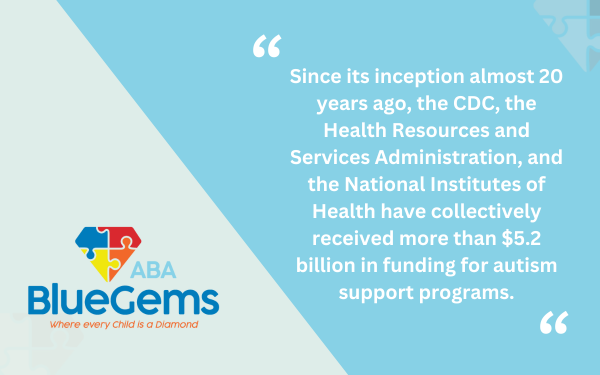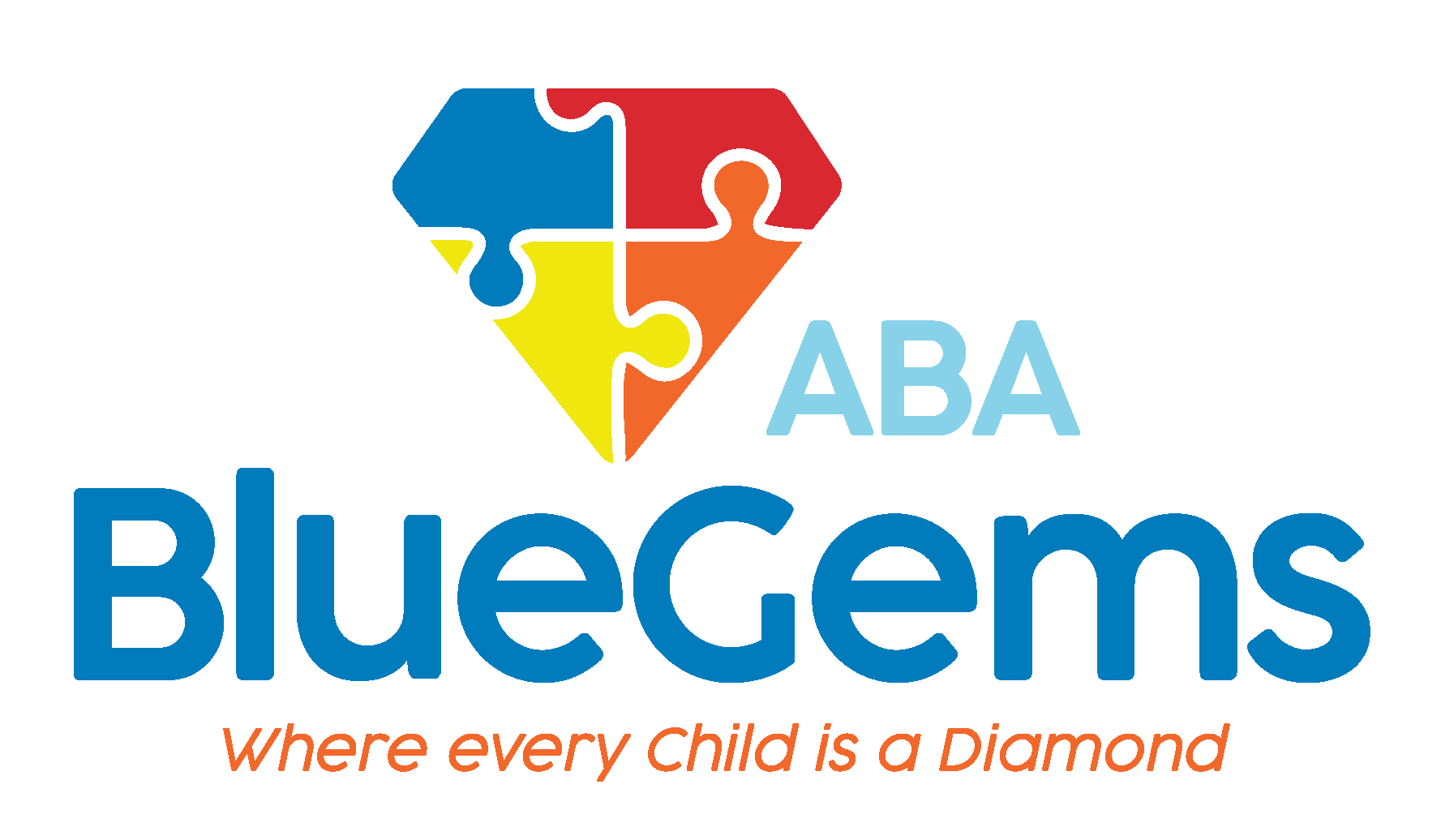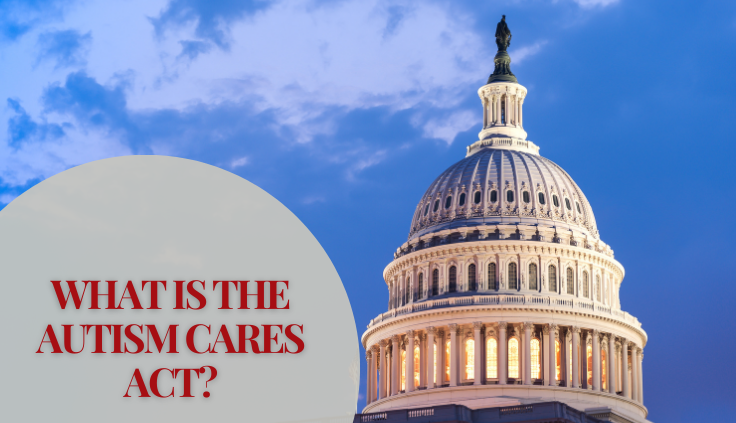What is the Autism Cares Act?
Thanks to the hard work of advocacy organizations, researchers and the behavioral health field at large, much progress has been made over the last 25 years in the understanding, acceptance and inclusion of people with autism spectrum disorder (ASD).
Many walls have been broken down by their work, which has resulted in major advancements in research, treatment, patient’s rights and more.
The foundation for much of the developments in scientific research, support, advocacy and inclusion is a federal bill called the Autism Collaboration, Accountability, Research, Education and Support Act.
Congress passed the bill, more commonly known as the Autism CARES Act, in 2006, and it has served as the primary federal funding source for research, training, monitoring and services for autism.
Below, we’ll dive deeper into the Autism CARES Act, discussing what it includes and what impacts it’s had on people with ASD and the autism community at large.
Table Of Contents
When Was the Autism CARES Act Passed and Re-Authorized?
The Autism CARES Act was originally passed in 2006. In the 19 years since then, Congress has re-authorized the bill multiple times.
The most recent reauthorization occurred in 2024. Known as the Autism CARES Act of 2024, the bill re-authorized several of the original act’s programs that work to support autism resources, research and education.
The latest iteration re-authorized the act’s main provisions through fiscal year 2029. This includes the continued operation of the Developmental Disabilities Surveillance and Research Program administered through the U.S. Centers for Disease Control and Prevention, all activities that the Department of Health and Human Services administers that support early detection, education and intervention for autism, as well as the HHS’ Interagency Autism Coordinating Committee.
What Has Happened as a Result of the Autism CARES Act?
There are many significant developments and progress that have been made for ASD since the Autism CARES Act was passed. Since its inception almost 20 years ago, the CDC, the Health Resources and Services Administration, and the National Institutes of Health have collectively received more than $5.2 billion in funding for autism support programs.

That has led to significant scientific developments in autism. According to the advocacy organization Autism Speaks, this includes:
- Reliable diagnosis age for ASD of between 18 and 24 months
- Development of early interventions
- Identification of comorbidities
- Increased understanding of some biological causes of ASD
These are just a few of the tangible benefits the Autism CARES Act has provided.
What Does the Autism CARES Act Do?
The Autism CARES Act has had an undeniable impact on the entire autism community. Just some of the areas in which it’s proved extremely beneficial include …
- Training and early intervention: The act provides funding for things such as research about early intervention programs, including applied behavior analysis (ABA therapy). It also helps support research into and administration of education programs that health professionals use, early intervention programs and surveillance.
- Research: Research has contributed to an immense amount of innovation in the field of autism in recent years. Examples include studying how autism affects people over their lifespan — from underlying causes to identification of symptoms, diagnosis, intervention and support programs, and prevention possibilities.
- Coordination: The Interagency Autism Coordinating Committee, or IIAC, was created by the act and is responsible for coordinating federal efforts, providing direct advice to the secretary of HHS. The IIAC is also responsible for annually updating strategic plans specifically for autism research.
- Treatments: The act has supported research into treatments that are targeted toward medical conditions that are associated with ASD.
- Monitoring: The ongoing monitoring of autism prevalence across the country and among different age groups is required under the act. This is important because it contributes to our understanding of how many people are affected by autism, and in which ways they are affected.
These are just a few of the things that the Autism CARES Act is responsible for creating. As it’s such a powerful bill, it truly is hard to state all of the monumental ways in which it has benefited the autism community — now and into the future.

While the Autism CARES Act of 2024 re-authorized the bill through FY2029, it remains important for organizations and people to constantly advocate for the continuation of support for the autism community.
Blue Gems ABA Supports Children with ASD
The Autism CARES Act is the most impactful piece of legislation related to autism research and support. In the nearly 20 years since it was first passed, it has provided immense benefits to the knowledge and understanding of ASD, and to the acceptance and inclusion of the autism community.
At Blue Gems ABA, we support children with ASD as well as the autism community at large by administering ABA therapy. In doing so, we help children on the autism spectrum gain the communication, social interaction and daily life skills with which they typically struggle.
To learn more, please contact us today.




